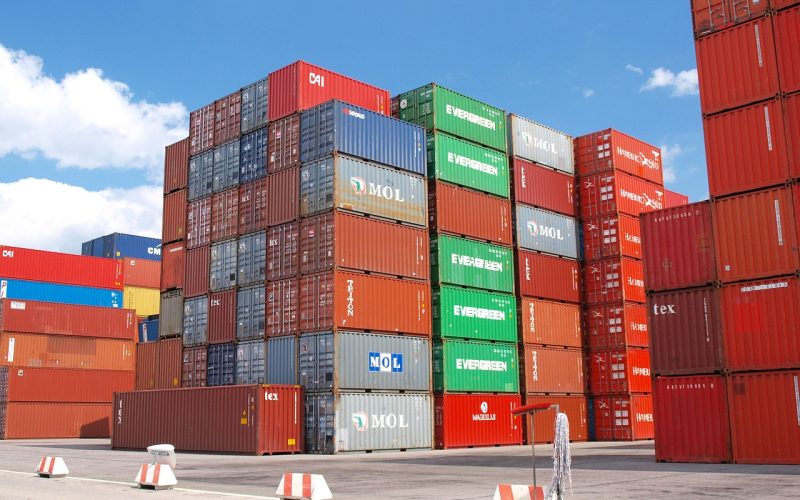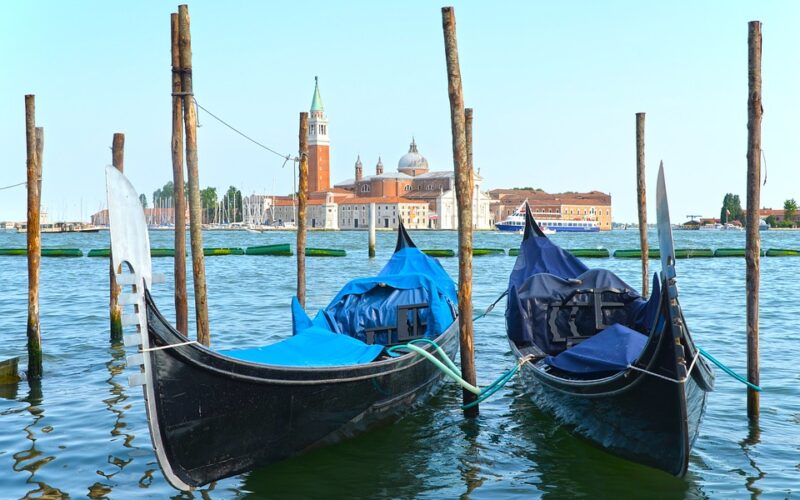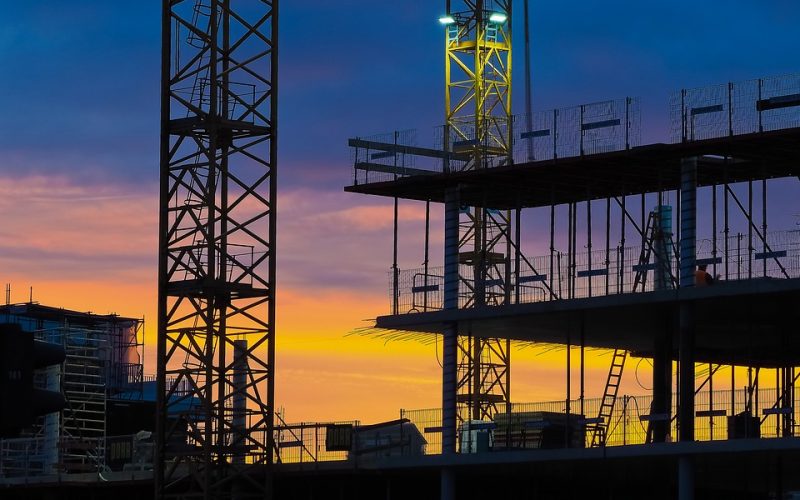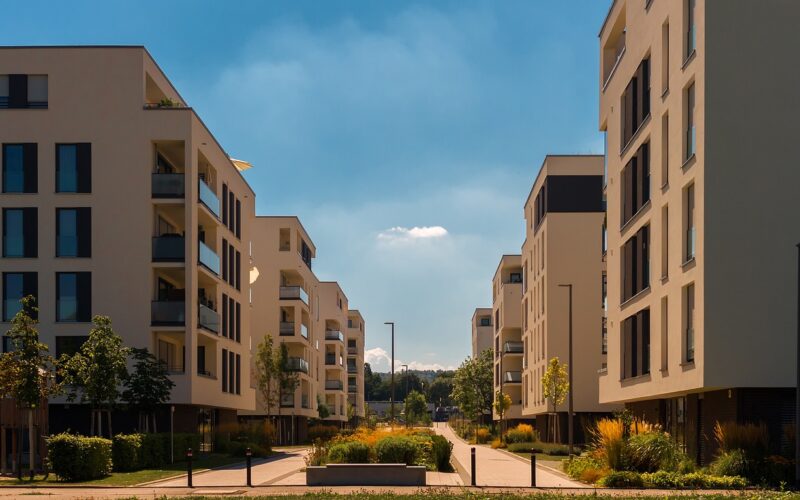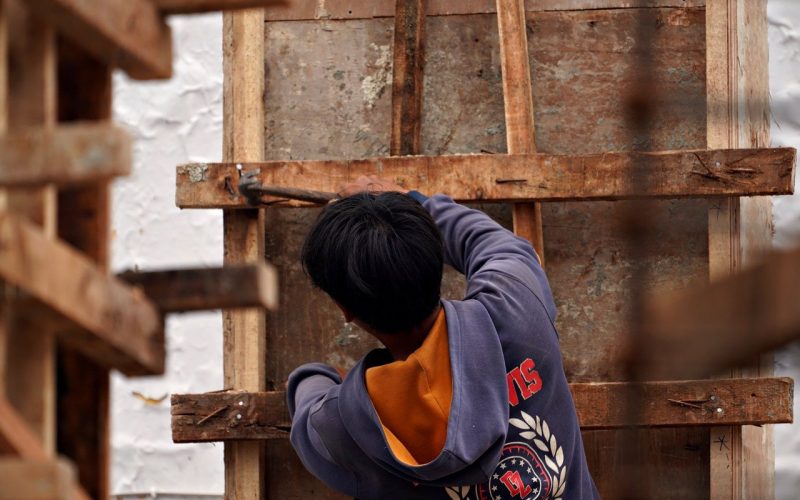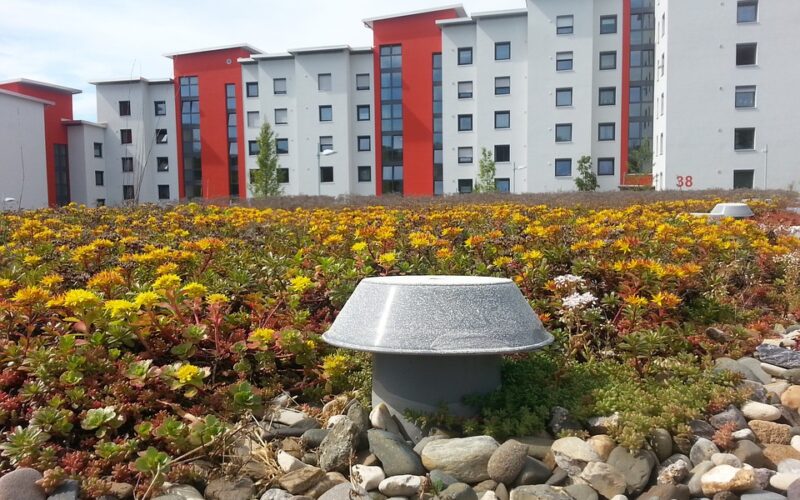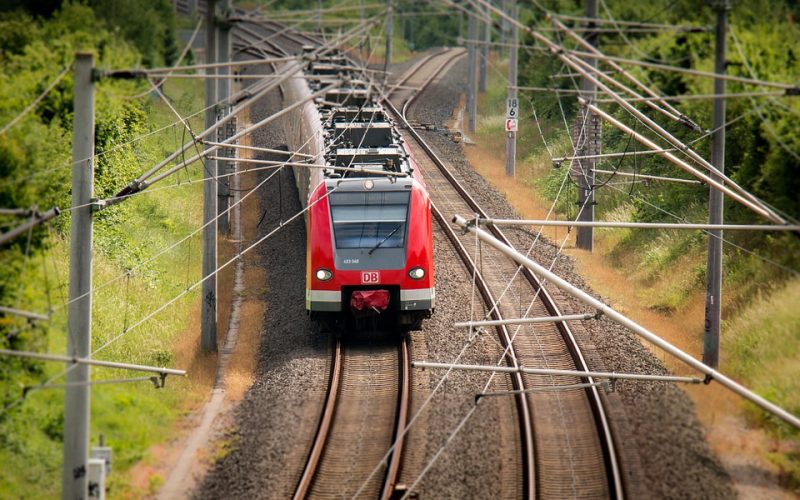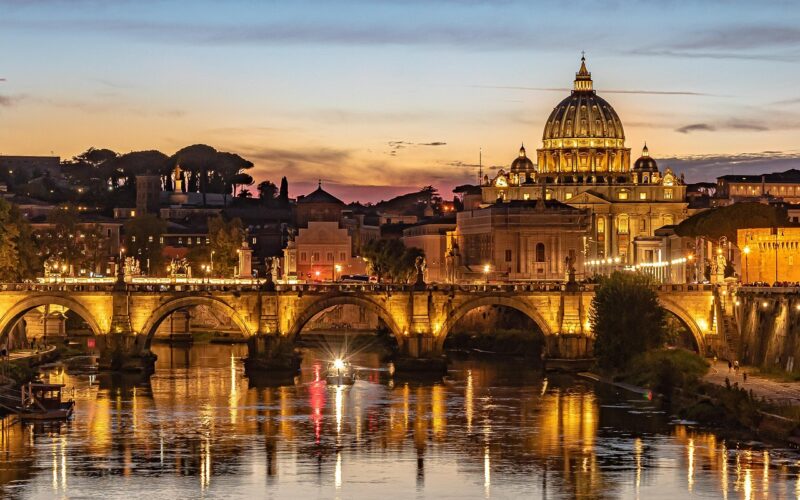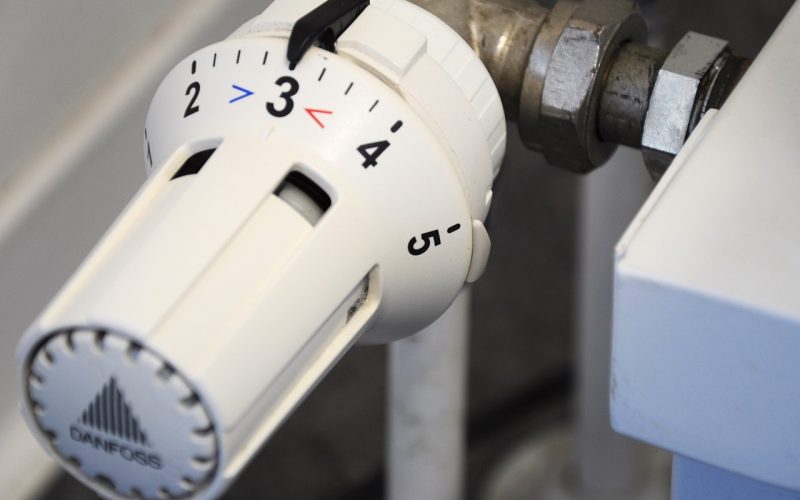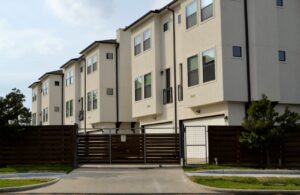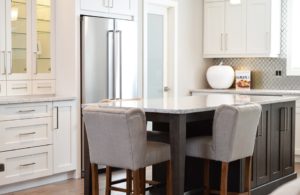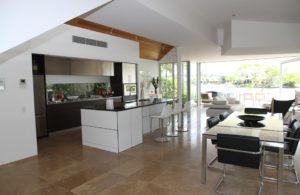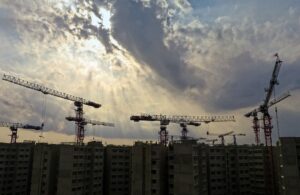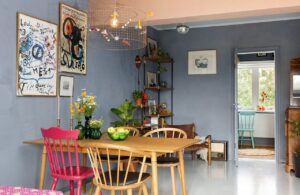A Response To The Climate Emergency
The climate emergency has placed sustainability at the forefront of global consciousness, prompting a shift towards more eco-friendly living solutions. Among these solutions, eco-friendly houses, also known as green homes, have seen a significant rise in popularity. These homes, designed to minimize environmental impact and promote sustainable living, are increasingly becoming the choice for environmentally conscious homeowners.
Understanding eco-friendly housing
Eco-friendly houses are constructed using sustainable materials and methods that reduce carbon footprints. These homes often incorporate energy-efficient systems, renewable energy sources such as solar panels, and water-saving technologies. The goal is to create a living space that harmonizes with the environment, reduces reliance on non-renewable resources, and lowers the overall environmental impact.
The influence of the climate emergency
The growing awareness of the climate crisis has influenced consumer preferences and governmental policies, leading to a surge in eco-friendly housing. Governments around the world are implementing stricter building regulations to encourage sustainable construction practices. Homeowners are increasingly motivated by the desire to contribute positively to the environment, coupled with the long-term cost benefits associated with energy-efficient and sustainable homes.
Technological advancements in eco-housing
Technological innovation plays a crucial role in the rise of eco-friendly housing. Smart home technologies allow residents to monitor and manage their energy consumption more efficiently, while advances in construction materials have made it possible to build homes that are not only sustainable but also more durable and cost-effective. Innovations such as green roofs, rainwater harvesting systems, and advanced insulation techniques are becoming standard features in eco-housing designs.
Economic benefits of green homes
Beyond environmental sustainability, eco-friendly houses offer economic advantages. They tend to have lower utility bills due to their energy-efficient features, and they often qualify for tax credits and incentives aimed at promoting green living. Furthermore, the market value of eco-friendly homes tends to be higher than conventional homes, providing a financial incentive for builders and homeowners alike to invest in sustainable construction.
Challenges and future prospects
While the benefits of eco-friendly housing are clear, there are challenges to widespread adoption. The initial costs can be higher than traditional construction, which may deter some potential buyers. However, as technology advances and the demand for sustainable housing increases, these costs are expected to decrease. Additionally, industry experts anticipate that eco-friendly housing will become more mainstream as awareness grows and more individuals and entities commit to reducing their environmental impact.
The role of community in promoting sustainable living
Community plays a vital role in the promotion and success of eco-friendly housing initiatives. Eco-conscious neighbourhoods and communities that share resources and knowledge can accelerate the adoption of sustainable practices. Educational programs and community workshops can further raise awareness about the benefits and importance of green living, encouraging more individuals to make sustainable choices in their homes.
The rise of eco-friendly housing is a positive response to the pressing climate emergency. By integrating sustainable materials, advanced technologies, and energy-efficient systems, these homes represent a significant step towards reducing our environmental impact. While challenges remain, the future of eco-friendly housing looks promising, driven by technological advancements, economic incentives, and a growing commitment to environmental stewardship.

